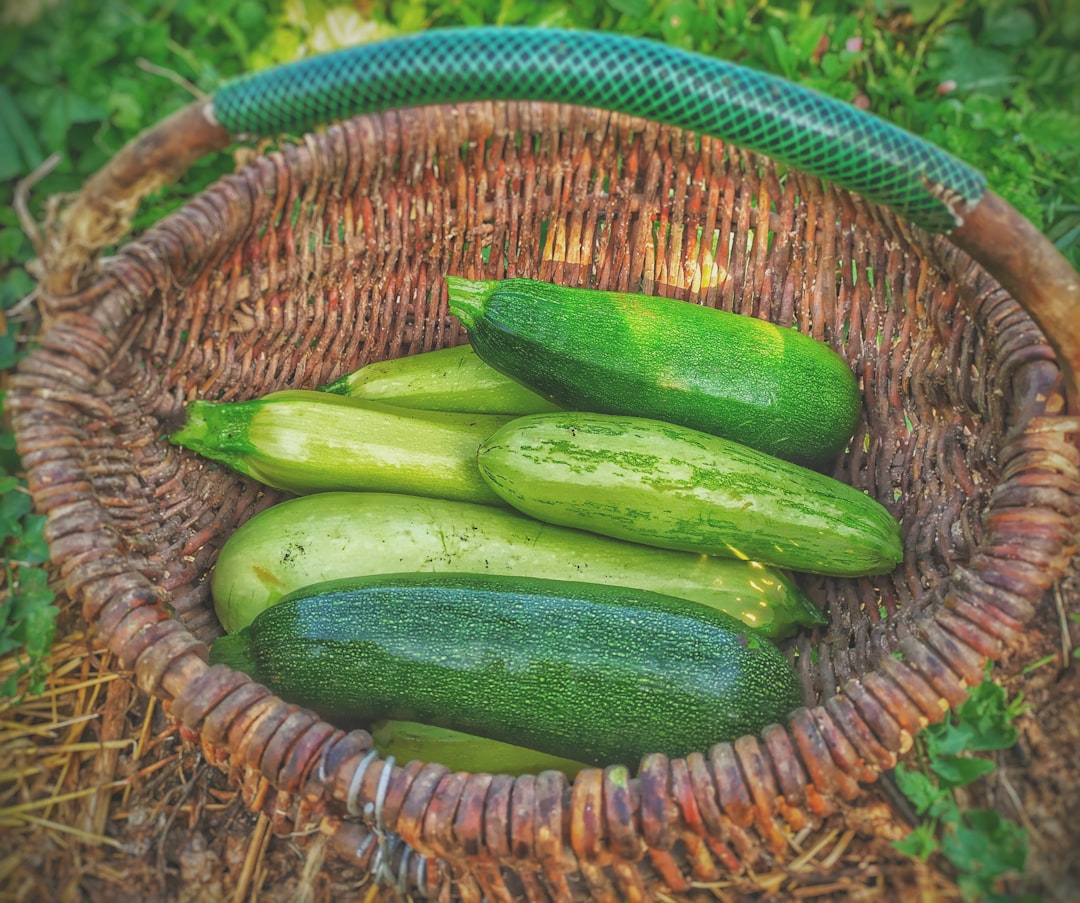Unleashing the Golden Blooms: The Art of Forsythia Pruning

When it comes to cultivating a vibrant and flourishing garden, few sights are as captivating as a forsythia bush in full bloom, its branches adorned with a profusion of bright yellow flowers. These cheerful blossoms are not only a symbol of spring but also a testament to the beauty and resilience of nature. However, achieving such a spectacular display requires more than just a green thumb; it demands a deep understanding of the plant's needs and the proper techniques for pruning.
Pruning forsythia is a delicate art that, when mastered, can unlock the plant's full potential, resulting in a healthier, more robust shrub and an abundance of stunning flowers. The key to successful pruning lies in timing and technique. Forsythia should be pruned immediately after it has finished blooming, typically in late spring or early summer. This allows the plant to have ample time to develop new growth and set buds for the following year's flowers.
Before you grab your garden loppers, it's important to understand the different types of pruning cuts and how they can affect the growth and appearance of your forsythia. There are three main types of pruning cuts: heading cuts, thinning cuts, and rejuvenation cuts. Heading cuts involve removing the tips of branches, which encourages the growth of new lateral branches and can help to shape the shrub. Thinning cuts, on the other hand, involve removing entire branches at their base, which helps to improve air circulation and light penetration within the plant, reducing the risk of disease and promoting healthy growth. Rejuvenation cuts are more drastic and involve cutting the entire shrub back to within a few inches of the ground. This is typically done to revitalize an overgrown or neglected forsythia and should only be done every few years.
When pruning forsythia, it's important to use sharp, clean tools to make clean cuts and minimize damage to the plant. Start by removing any dead, diseased, or damaged branches, as these can harbor pests and diseases and can also detract from the overall appearance of the shrub. Next, look for any branches that are crossing or rubbing against each other, as these can cause damage and should be removed. Finally, thin out the interior of the shrub by removing some of the older, thicker branches to improve air circulation and light penetration.
In addition to regular pruning, forsythia also benefits from proper fertilization and watering. Fertilize your forsythia in the spring with a balanced fertilizer to provide it with the nutrients it needs to grow and bloom. Water your forsythia deeply and regularly, especially during dry spells, to keep the soil moist but not waterlogged. Avoid overwatering, as this can lead to root rot and other problems.
Another important aspect of caring for forsythia is protecting it from pests and diseases. Forsythia is generally a hardy plant, but it can be susceptible to a few common pests and diseases, such as aphids, scale insects, and powdery mildew. To prevent these problems, keep your forsythia healthy and well-maintained by following the proper pruning, fertilization, and watering practices. If you do notice any signs of pests or diseases, treat them promptly with an appropriate insecticide or fungicide.
Pruning forsythia is not just about maintaining the plant's appearance; it's also about promoting its health and longevity. By following the proper pruning techniques and caring for your forsythia throughout the year, you can enjoy a beautiful, blooming shrub for many years to come. So, grab your garden loppers and get started on your journey to a more vibrant and flourishing garden.
As you embark on your pruning adventure, remember to take your time and be patient. Pruning is a gradual process, and it may take a few years to achieve the desired shape and size for your forsythia. Don't be afraid to experiment and try different pruning techniques to see what works best for your plant. With a little practice and a lot of love, you'll soon become a master at pruning forsythia and will be rewarded with a stunning display of yellow flowers each spring.
In conclusion, caring for forsythia is a rewarding experience that requires a combination of knowledge, skill, and patience. By understanding the plant's needs and following the proper pruning, fertilization, watering, and pest control practices, you can ensure that your forsythia thrives and provides you with years of beauty and enjoyment. So, go ahead and embrace the art of forsythia pruning, and let your garden shine with the golden glow of these magnificent flowers.